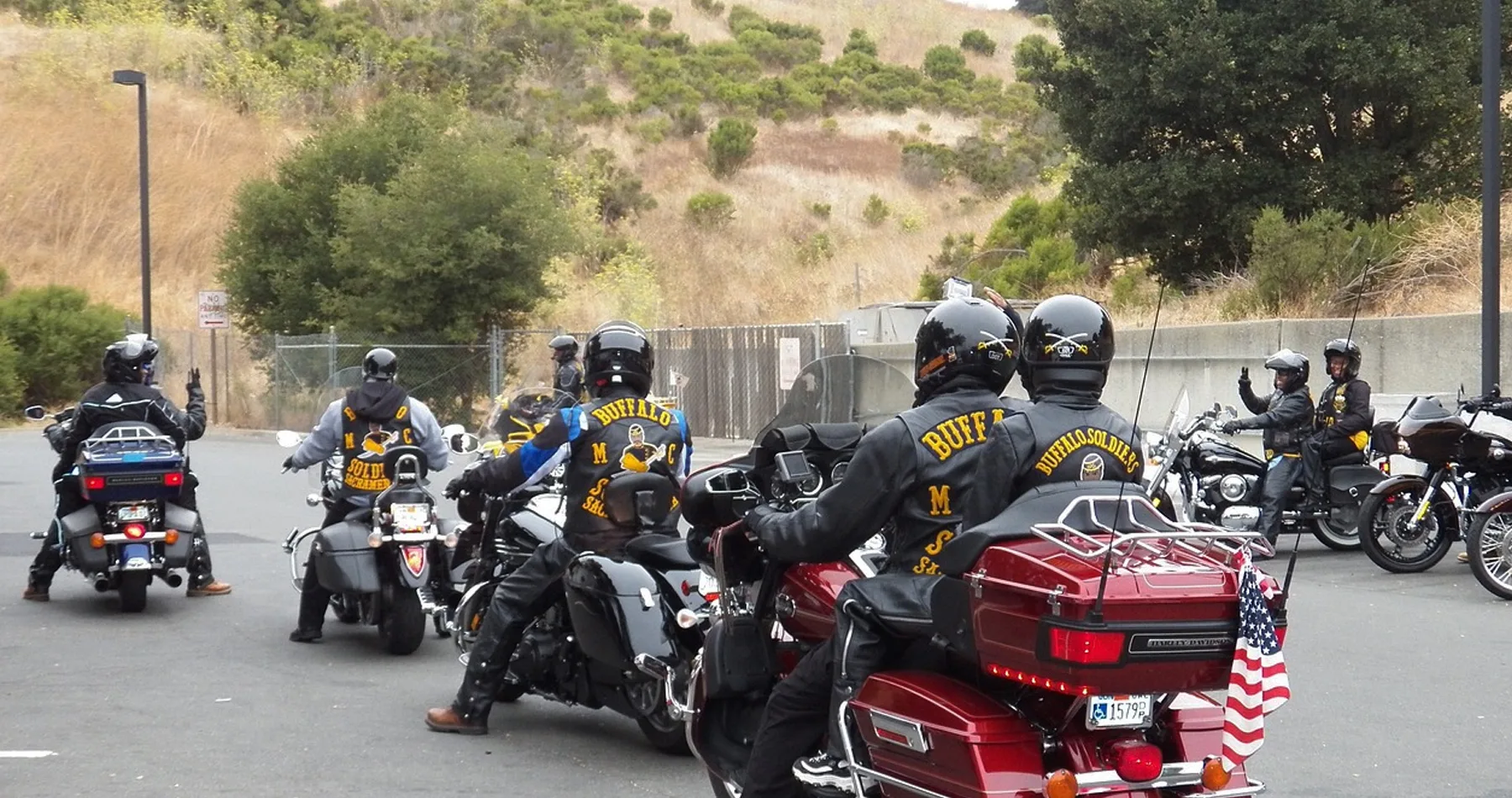Motorcycle tourism in the United States has witnessed a surge in popularity, attracting riders from across the country and globally. This unique form of tourism combines the thrill of riding with diverse landscapes, cultural attractions, and open roads. In this comprehensive guide, we will delve into the various aspects of motorcycle tourism in the United States, exploring its growth, popular routes, attractions, and the overall experience it offers.
The Growth of Motorcycle Tourism:
Over the past few decades, motorcycle tourism has experienced a significant uptick in the United States. The allure of the open road, the sense of freedom, and the camaraderie among riders contribute to this growth. The availability of well-maintained roads, scenic routes, and motorcycle-friendly accommodations further enhances the appeal. Furthermore, motorbike tourism has become reliant on events like bike rallies and festivals, which bring enthusiasts to different parts of the nation.
Popular Routes:
Many famous motorbike routes in the US appeal to riders looking for unique experiences. Among the most famous is the Pacific Coast Highway (California State Route 1), offering breathtaking views of the Pacific Ocean and winding through coastal cliffs. The Blue Ridge Parkway, stretching from Virginia to North Carolina, is renowned for its scenic beauty, especially during the fall foliage. The historic Route 66, spanning from Chicago to Los Angeles, remains a classic choice for riders seeking a taste of Americana and nostalgia.
Motorcycle-Friendly Destinations:
Several destinations across the United States have embraced the influx of motorcycle tourists by offering unique attractions and amenities tailored to riders. Sturgis, South Dakota, home to the legendary Sturgis Motorcycle Rally, is a mecca for motorcycle enthusiasts. Daytona Beach, Florida, hosts the Daytona Bike Week, attracting riders with beachside events and races. These destinations provide an exciting atmosphere for riders to cater to their specific needs, such as motorcycle-friendly accommodations and parking facilities.
Cultural and Historical Attractions:
One of the distinct advantages of motorcycle tourism is the ability to explore cultural and historical landmarks along the way. Many riders seek destinations rich in history, art, and local traditions. For instance, riders traversing the Northeast may explore the historic sites of Boston and Philadelphia. The Southwest offers a chance to delve into Native American history and visit iconic landmarks like the Grand Canyon. Motorcycle tourism thus becomes a holistic experience, combining the thrill of riding with cultural enrichment.
Challenges and Safety Considerations:
Motorcycle tourism offers an exhilarating experience without its challenges. Safety is paramount, and riders must adhere to traffic regulations, wear proper protective gear, and be mindful of weather conditions. Long-distance rides may pose physical challenges, and fatigue management is crucial. Additionally, the risk of accidents underscores the importance of comprehensive insurance coverage for riders embarking on extended journeys.
Community and Camaraderie:
A defining aspect of motorcycle tourism is the sense of community and camaraderie among riders. Group rides, motorcycle clubs, and events foster connections among enthusiasts on the open road. The camaraderie extends beyond national borders, with international riders joining the community during cross-country journeys. This shared love for motorcycles creates a unique bond, enhancing the overall experience of motorcycle tourism.
Economic Impact:
The economic impact of motorcycle tourism is notable, as riders contribute to local economies by spending on accommodations, dining, attractions, and fuel. The popularity of motorcycle events and rallies injects significant revenue into host communities. Many areas actively promote themselves as motorcycle-friendly destinations, capitalizing on the positive impact of tourism on businesses and local infrastructure.
Environmental Considerations:
As motorcycle tourism continues to grow, there is an increasing emphasis on responsible and sustainable practices. Riders are encouraged to minimize their environmental footprint by adopting eco-friendly riding habits, such as reducing emissions, disposal of waste, and respecting nature conservation areas. Initiatives promoting eco-conscious motorcycle tourism aim to preserve the beauty of the landscapes that riders explore.
Conclusion:
Motorcycle tourism in the United States has evolved into a multifaceted experience, blending the thrill of riding with cultural exploration, community building, and economic contributions. As the industry continues to thrive, riders need to balance the excitement of the open road with responsible and sustainable practices, ensuring that future generations can also enjoy the wonders of motorcycle tourism.
